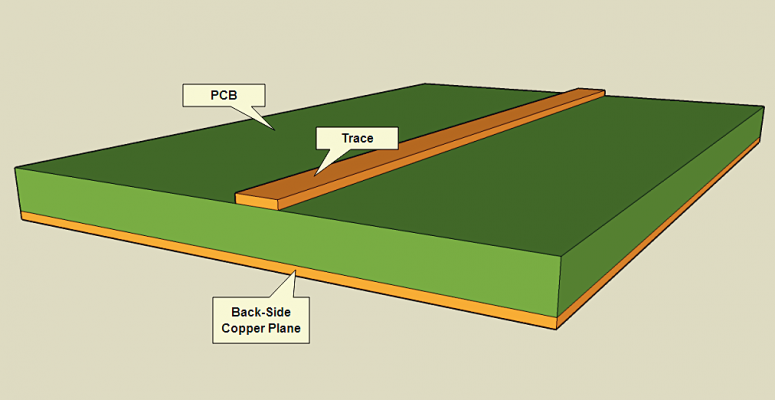The board thickness and copper thickness are mainly considered for the production of circuit boards. The standard series of boards with a thickness of more than 0.8MM are: 1.0 1.2 1.6 2.0 3.2 MM, while the thickness of the board is not considered as a standard series, that’s to say, the thickness can be changed according to needs. Even if the thickness is fixed, but frequently used thickness that is 0.1 0.15 0.2 0.3 0.4 0.6MM, such material is mainly applied to the inner layer of multilayer boards.

When designing the outer layer of PCB, pay attention to the thickness of the board. The production and processing need to increase the thickness of copper plating, solder mask thickness, surface treatment (tin spraying, gold plating, etc.) thickness, characters, carbon oil and other thickness. The actual production of sheet metal will be thicker than 0.05-0.1 MM, the tin plate will be 0.075-0.15MM thicker. For example, when the PCB design requires a thickness of 2.0 mm for the finished product, and when the 2.0mm sheet material is normally selected for cutting, the thickness of the finished product will reach 2.1-2.3mm considering the tolerance of the board and the processing tolerance. If the PCB design must require the thickness of the finished product When it is not larger than 2.0mm, the plate should be made of 1.9mm unconventional plate material. Double-layer PCB circuit board processing plants need to temporarily order from the plate manufacturer, and the delivery cycle will become very long.
When the inner layer is made, the thickness after lamination can be adjusted by the thickness and structure configuration of the prepreg (PP). The choice of the core board can be flexible. For example, the thickness of the finished board is 1.6mm, and the choice of the board (core board) can be 1.2 MM can also be 1.0MM, as long as the thickness of the laminated plate is controlled within a certain range, the thickness of the finished plate can be met.

The other is the board thickness tolerance. PCB designers should consider the board thickness tolerances after the double-layer PCB circuit board is processed while considering the product assembly tolerances. The tolerances of the finished products are mainly affected by three aspects, the board incoming tolerance, the laminated tolerance and the outer layer thickening tolerance. Several conventional sheet tolerances are now provided for reference: (0.8-1.0) ±0.1 (1.2-1.6) ±0.13 2.0±0.18 3.0±0.23 Laminating tolerances are controlled within ±(0.05-0.1) according to different layers and thicknesses MM. Especially for boards with board edge connectors (such as printed plugs), the thickness and tolerance of the board need to be determined according to the requirements of matching with the connector.
The surface copper thickness problem, because the hole copper need to be completed by chemical copper plating and copper electroplating, if special treatment is not done, the surface copper thickness will be thicker when the hole copper is thickened. According to the IPC-A-600G standard, the minimum copper plating thickness is 20um for level 1, 2 and 25um for level 3. Therefore, if the copper thickness is required to be 1OZ (minimum 30.9um) when making the circuit board, the cutting may sometimes Choose HOZ (minimum 15.4um) cutting material according to the line width/line distance, remove the allowable tolerance of 2-3um, the smallest can reach 33.4um, if you choose 1OZ cutting, the minimum thickness of the finished copper will reach 47.9um. Other copper thickness calculations can be deduced by analogy.

